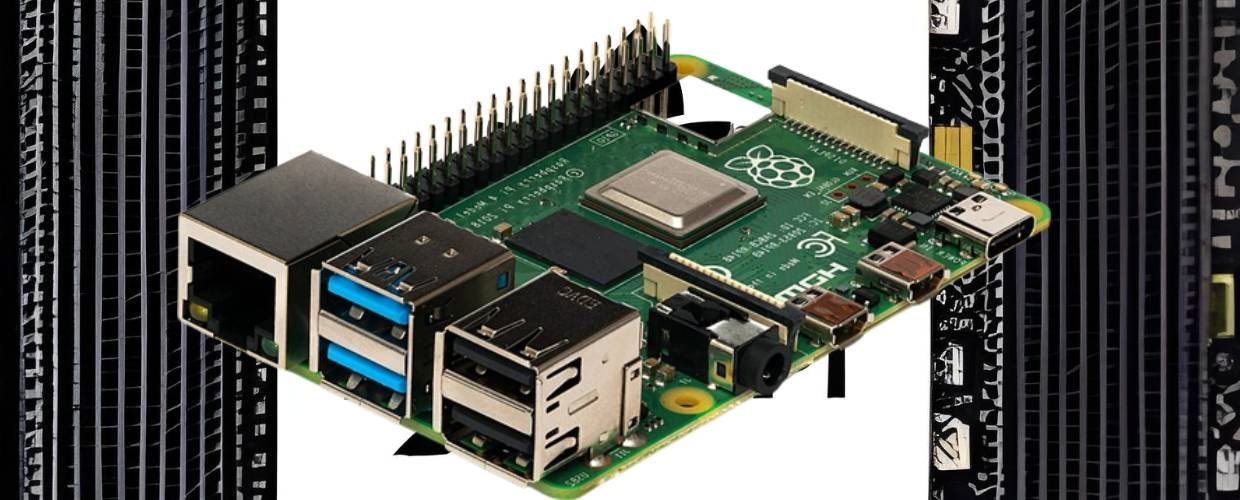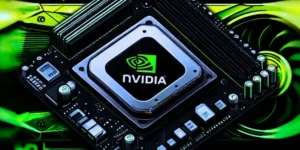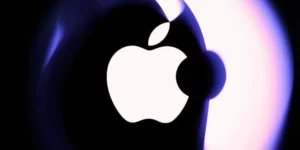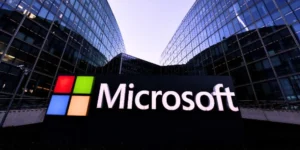The Raspberry Pi 4 Model B stands out as a groundbreaking device offering impressive computing power, enhanced multimedia capabilities, and expanded connectivity options in single-board computers. Developed by the Raspberry Pi Foundation, the Raspberry Pi 4 Model B has revolutionized the world of compact computing, making it an ideal choice for a wide range of applications. In this article, we will explore the Raspberry Pi 4 Model B in detail, including its features, applications, and the benefits it offers to businesses.
What is the Raspberry Pi 4 Model B?
The Raspberry Pi 4 Model B is a popular single-board computer developed by the Raspberry Pi Foundation. It is the fourth generation of the Raspberry Pi series, offering improved performance and expanded capabilities compared to its predecessors. It features a Broadcom BCM2711 quad-core Cortex-A72 processor running at 1.5 GHz, providing a significant performance boost over previous models. It is available in different RAM configurations, ranging from 2 GB to 8 GB, enabling users to choose the appropriate memory capacity for their specific needs.
One of the notable advancements in the Raspberry Pi 4 Model B is its enhanced connectivity options. It includes two USB 3.0 ports, two USB 2.0 ports, dual-band Wi-Fi (2.4 GHz and 5 GHz), Bluetooth 5.0, Gigabit Ethernet, and two micro-HDMI ports capable of simultaneously driving two 4K displays. These connectivity features make it an excellent choice for media center applications, desktop computing, and IoT projects.
The board also incorporates a microSD card slot for storage, a 3.5mm audio jack, a CSI camera interface, a DSI display interface, and a 40-pin GPIO header for interfacing with a wide range of peripherals and expansion boards. It B supports various operating systems, including Linux distributions like Raspberry Pi OS (formerly Raspbian) and Ubuntu, as well as Windows 10 IoT Core. Its versatility, affordability, and extensive community support have made it a popular choice for hobbyists, educators, and professionals, enabling them to explore programming, electronics, and diverse projects compactly and cost-effectively.
Key Features and Functionalities of the Raspberry Pi 4 Model B
The Raspberry Pi 4 Model B offers a wide range of key features and functionalities that elevate its performance and versatility. Let’s explore some of its notable characteristics.
Enhanced Processing Power
Equipped with a 1.5GHz quad-core ARM Cortex-A72 CPU, the Raspberry Pi 4 Model B delivers a significant boost in processing power compared to its predecessors. This enhanced processing capability allows for faster multitasking, improved performance in resource-intensive applications, and a smoother overall user experience.
Increased Memory Options
It offers different RAM options, including 2GB, 4GB, and 8 GB. The increased memory capacity enables businesses to run memory-intensive applications, handle larger datasets, and execute complex computational tasks more efficiently. The expanded memory options allow companies to choose the suitable configuration for their needs.
Dual 4K Display Support
The Raspberry Pi 4 Model B supports dual 4K display output with double micro-HDMI ports. This feature enables businesses to create immersive visual experiences, drive multiple displays simultaneously, and expand their digital signage or multimedia capabilities. It opens possibilities for applications requiring high-resolution content, such as digital signage, media centers, and presentations.
High-Speed Connectivity
The Raspberry Pi 4 Model B has built-in Gigabit Ethernet and dual-band Wi-Fi (2.4GHz and 5GHz) for fast and reliable networking. It also includes Bluetooth 5.0, enabling seamless wireless connectivity with peripherals and devices. These high-speed connectivity options facilitate efficient data transfer, smooth streaming, and remote access, supporting various business requirements.
USB 3.0 and USB-C Power
The Raspberry Pi 4 Model B has two USB 3.0 ports for faster data transfer rates and improved peripheral connectivity. Additionally, it adopts a USB-C power connector, providing a more reliable power supply and allowing for more rapid charging. These features enhance the device’s overall performance and convenience for businesses.
Applications of the Raspberry Pi 4 Model B
The Raspberry Pi 4 Model B finds applications across various industries and uses cases thanks to its enhanced computing power and expanded capabilities. Let’s explore some notable applications.
Home Automation and IoT
The Raspberry Pi 4 Model B is an excellent platform for home automation and Internet of Things (IoT) projects. Its processing power, connectivity options, and GPIO pins enable businesses to build smart home systems, control devices remotely, and develop IoT solutions for monitoring, data collection, and automation.
Media Centers and Digital Signage
With its dual 4K display support and improved multimedia capabilities, the Raspberry Pi 4 Model B is ideal for media centers and digital signage applications. It can handle high-definition video playback, deliver immersive audiovisual experiences, and power multimedia-rich content for commercial displays, kiosks, and entertainment systems.
Edge Computing and AI
The Raspberry Pi 4 Model B’s processing power and connectivity suit edge computing and artificial intelligence (AI) applications. It can perform real-time data processing, edge analytics, and machine learning tasks at the edge of networks, enabling businesses to deploy AI models, process sensor data, and make intelligent decisions locally.
Educational Projects and Learning
The Raspberry Pi 4 Model B is widely adopted in educational settings, offering students hands-on experience in programming, electronics, and computer science. Its affordability, expandability, and vast community support make it an excellent tool for teaching coding, robotics, and technology concepts, fostering student creativity and innovation.
Prototyping and Custom Solutions
The Raspberry Pi 4 Model B’s powerful computing capabilities, GPIO pins, and support for various programming languages make it an ideal choice for prototyping and developing custom solutions. Businesses can quickly build and test proof-of-concept projects, develop unique applications, and create tailored computing solutions for specific industry needs.
Benefits of the Raspberry Pi 4 Model B
The Raspberry Pi 4 Model B offers several benefits, making it a compelling choice for businesses seeking versatile computing solutions. Let’s explore some of its advantages.
Increased Performance and Productivity
With enhanced processing power and memory options, the Raspberry Pi 4 Model B delivers improved performance, enabling businesses to execute tasks more efficiently. It supports multitasking, handles resource-intensive applications, and boosts overall productivity, contributing to smoother workflows and faster completion of computing tasks.
Expanded Connectivity and Networking Capabilities
It can provide comprehensive connectivity options, including Ethernet, Wi-Fi, and Bluetooth, enabling seamless networking and integration with other devices. This facilitates collaboration, data exchange, and remote access, supporting businesses in sharing information, connecting to the Internet, and communicating with external systems.
Flexibility and Customization
The Raspberry Pi 4 Model B’s expandability, GPIO pins, and support for various operating systems empower businesses to customize the device to suit their needs. It allows for integrating additional hardware components, sensors, and interfaces, enabling tailored solutions and unique applications for diverse industries.
Energy Efficiency
Despite its powerful computing capabilities, it is designed to be energy efficient. It consumes minimal power, making it an environmentally friendly choice and contributing to cost savings. Its energy efficiency benefits businesses seeking sustainable computing solutions or applications requiring low power consumption.
Affordability and Accessibility
It offers high-performance computing at an affordable price point, making it accessible to businesses of all sizes. Its cost-effectiveness enables enterprises to deploy multiple devices for various applications without significant expenses. The Raspberry Pi ecosystem also provides a wide range of affordable accessories and add-ons, enhancing the device’s accessibility.
Conclusion
The Raspberry Pi 4 Model B is a game-changer in single-board computers, providing businesses with next-level computing power in a compact form factor. It offers a versatile platform for various industry applications with enhanced processing capabilities, expanded memory options, and improved connectivity. Its affordability, flexibility, and extensive community support make it attractive for businesses seeking high-performance computing solutions. By embracing Model B, companies can unlock new possibilities, drive innovation, and leverage the benefits of a compact yet powerful computing solution.









